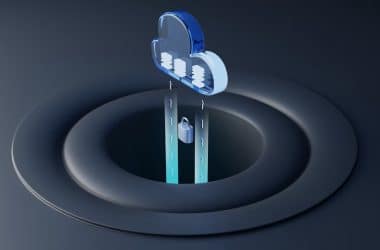There are many potential causes of automotive air conditioner failure, but fortunately, there is a way to diagnose and remedy every problem that these systems develop. Diagnosis alone can be a very costly process, which is why this guide could help you to save a little money by enabling you to point to the closest possible cause, to avoid an entire round of expensive checks.
Your Car’s A/C System Isn’t Cooling Quite As Well As It Used To, But It Still Works
This is the most common problem I have seen. Automotive air conditioning systems deteriorate in many ways over the years, especially the refrigerant lines. Having your condenser fins cleaned is another simple way to restore performance. How? It’s hard enough as it is to force air through the closely spaced fins of a condenser. Dirt has the potential to restrict airflow even further, significantly limiting the fins’ ability to cool your condenser.
Your condenser is most likely located behind your radiator. In the mean time, switch on the A/C and see if the condenser fan turns on. If it never turns on, it may have malfunctioned. If your car’s air conditioner is making hissing noises, that is a very obvious sign of a leak. Thankfully, you can save a little (or a lot, depending on the repair centre) on diagnosis by listening along the refrigerant lines until you find where the hiss is loudest.
If it sounds like the hissing is coming from the dashboard, then the leak is most likely in the evaporator or the refrigerant lines in the dashboard. This is the low-pressure side of the air conditioning system (for reference when you are at the repair centre). Before you try to diagnose it, remember that it is pointless to look for holes with the naked eye, as A/C leaks are almost always too small to see.
Evaporators are particularly failure-prone due to the fact that they are exposed to moisture very frequently. This frequent exposure to moisture is caused by condensation (which is caused by their low temperature), resulting in corrosion. Evaporators are made for aluminium, so don’t expect to find any rust. Aluminium corrosion is hardly visible to the naked eye.
The Air Isn’t Cooled At All
Check the following:
- Ensure that the condenser fan turns on when the A/C is running.
- If the A/C system doesn’t appear to start at all, then either the air conditioner switch on the dashboard or a relay has malfunctioned (the dashboard switch simply causes the relay to switch the A/C on).
- Check your fuse boxes.
Accidents: If this malfunction followed a front-end collision, check the refrigerant tubing and condenser (which contains some of this tubing) in the front end of the vehicle for dents and bruises. If you see any, be sure to tell the repair centre that this happened after a front-end collision. Also remember that, in the event of a front-end collision: Check your refrigerant lines and condenser promptly to see if they were damaged.
If they are, point that out to a technician and your claims adjuster. Refrigerant can take weeks to leak out after an accident. So you could end up footing the bill, even if it is someone else’s fault. Do this even if the A/C is working. I know of a story in which air conditioner repair was not covered by insurance because they didn’t know that the air conditioner was damaged.
Your Evaporator Is Frozen
A frozen evaporator is normally caused by a lack of airflow. Ensure that the evaporator fan is in proper working order.




